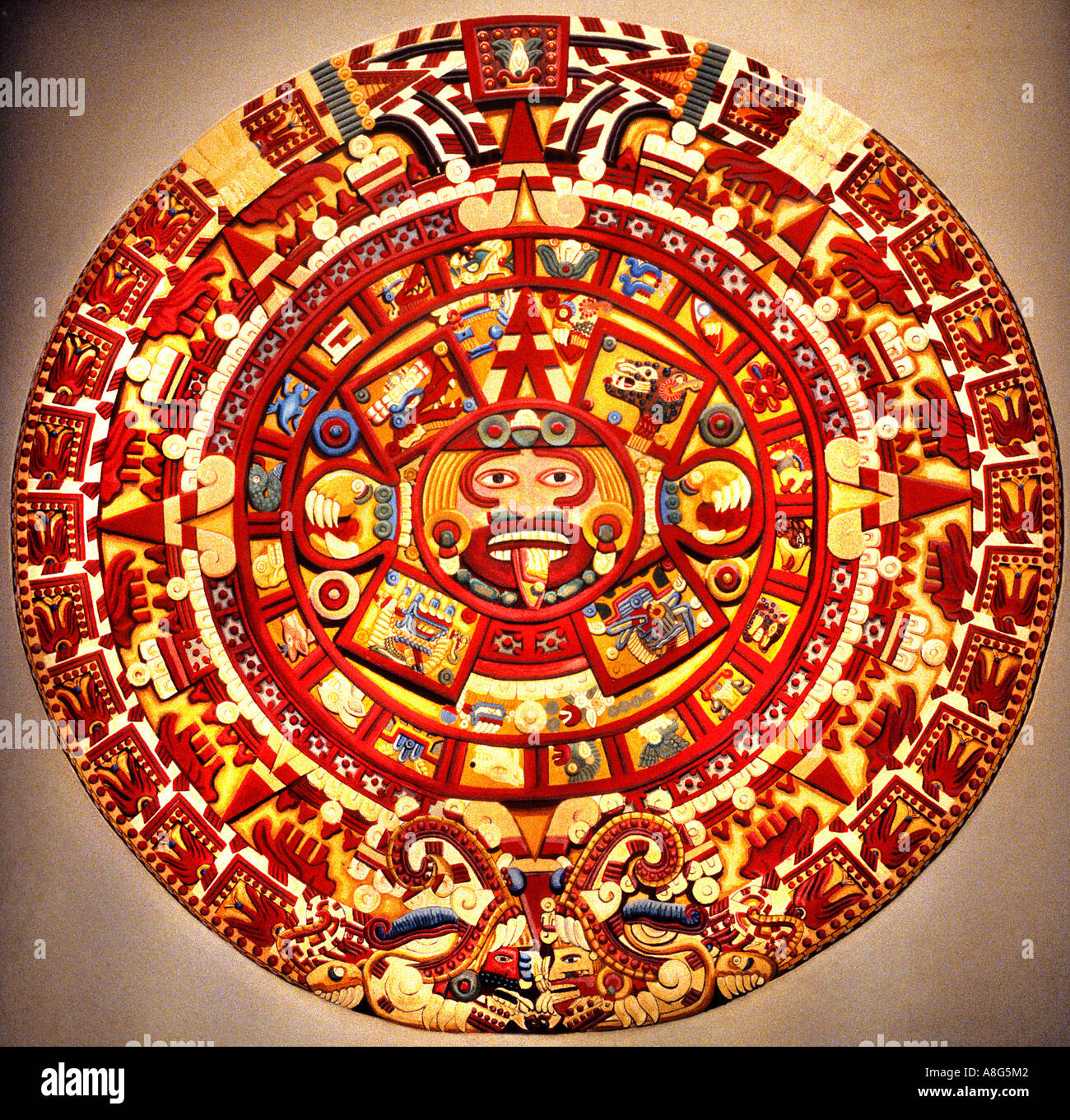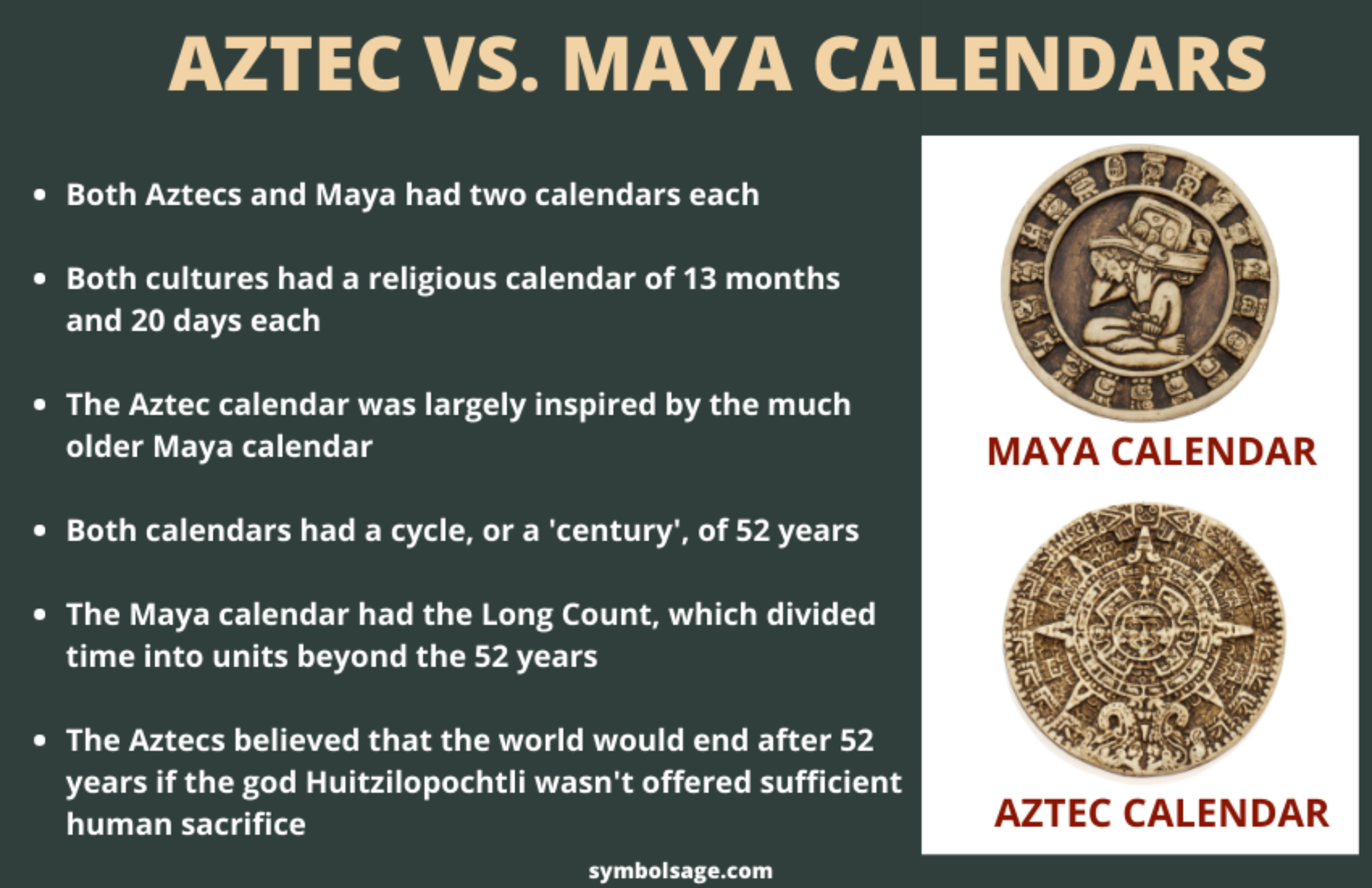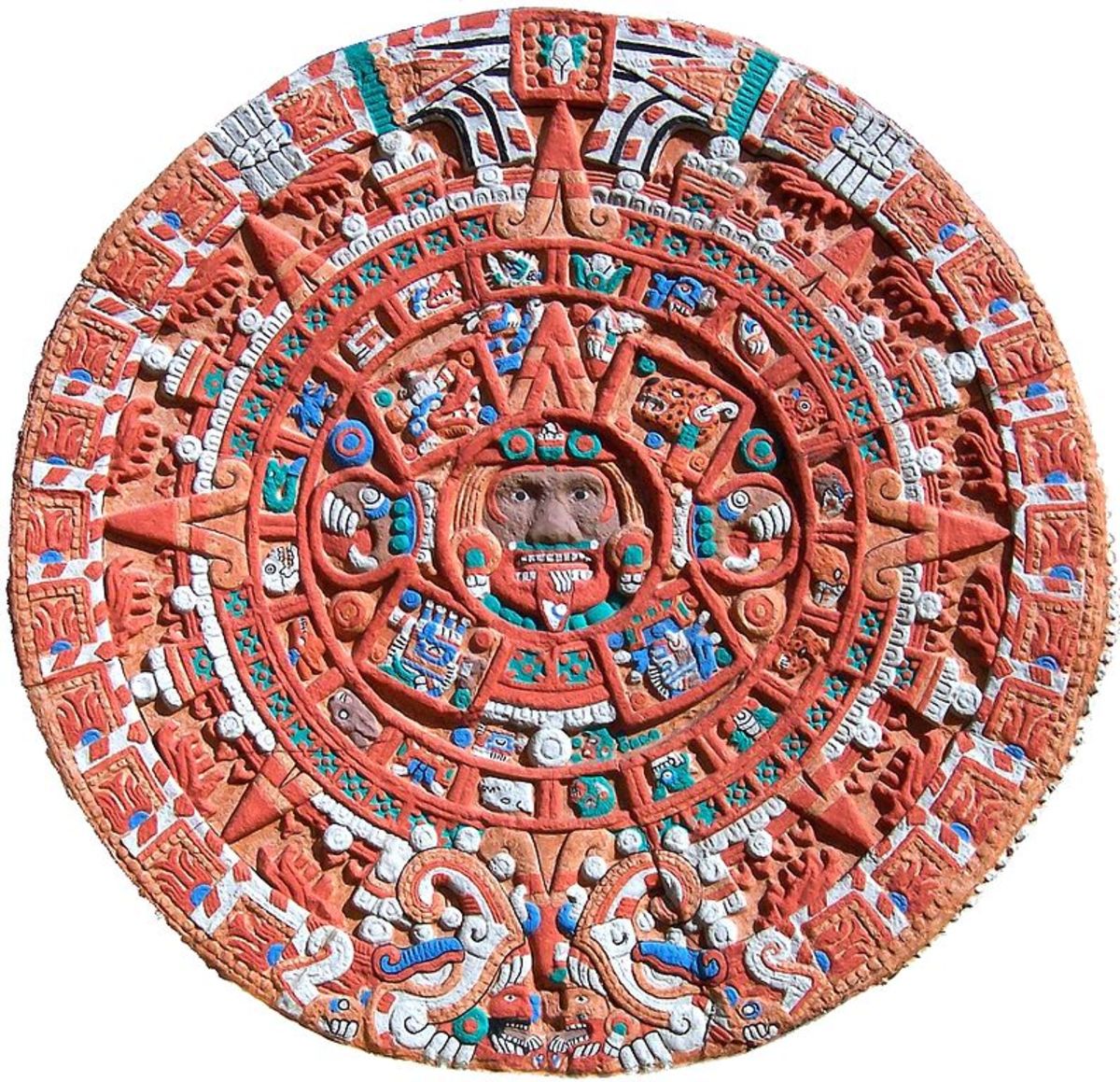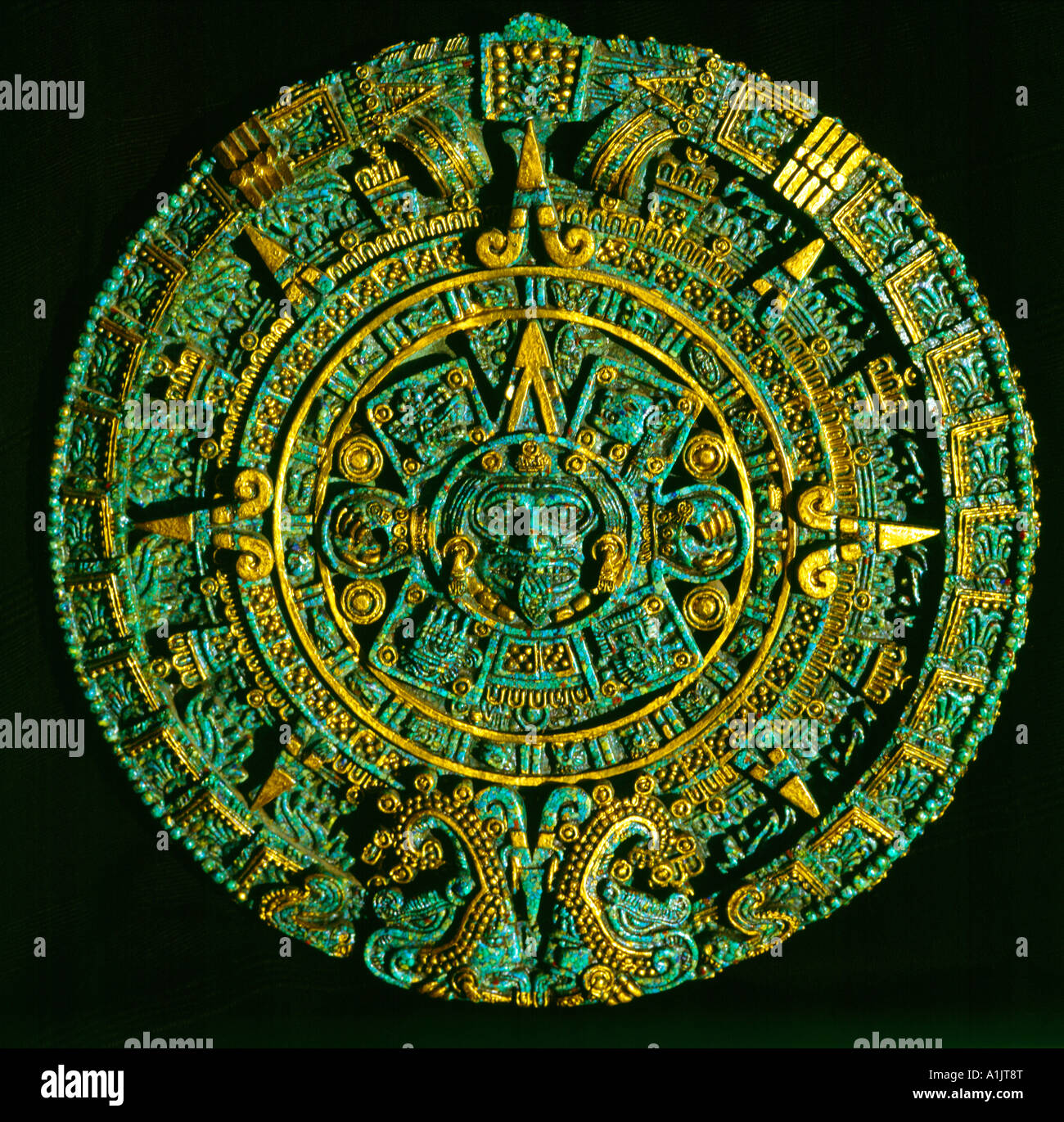Deciphering Time: A Comparative Have a look at the Mayan Calendar and the Aztec Solar Stone
Associated Articles: Deciphering Time: A Comparative Have a look at the Mayan Calendar and the Aztec Solar Stone
Introduction
With nice pleasure, we’ll discover the intriguing matter associated to Deciphering Time: A Comparative Have a look at the Mayan Calendar and the Aztec Solar Stone. Let’s weave attention-grabbing data and provide contemporary views to the readers.
Desk of Content material
Deciphering Time: A Comparative Have a look at the Mayan Calendar and the Aztec Solar Stone

The traditional civilizations of Mesoamerica left behind a wealthy tapestry of cultural artifacts, none extra intriguing than their advanced methods of timekeeping. Whereas each the Maya and the Aztecs inhabited the identical common area and shared some cultural similarities, their approaches to recording and understanding time differed considerably, leading to distinct, but fascinating, calendrical methods. The Mayan calendar, with its intricate interaction of cycles, stands in distinction to the Aztec Solar Stone, a monumental carving that encapsulates a cosmological imaginative and prescient of time and historical past. This text will discover these two outstanding methods, highlighting their distinctive options, interpretations, and lasting legacies.
The Mayan Calendar: A Symphony of Cycles
The Mayan calendar wasn’t a single calendar however a classy interlocking system of a number of cycles, every working on completely different time scales. Probably the most well-known are the Haab and the Tzolkin. The Haab, a photo voltaic calendar, consisted of 12 months divided into 18 months of 20 days every, plus 5 additional "wayeb" days thought-about unfortunate. This carefully approximated the photo voltaic 12 months, demonstrating outstanding astronomical statement abilities.
The Tzolkin, or sacred calendar, was a 260-day cycle composed of 13 numbers (1-13) and 20 named days. This calendar was used for divination, spiritual ceremonies, and the scheduling of necessary occasions. The simultaneous operation of the Haab and Tzolkin created a fancy interaction, with the 2 cycles aligning solely as soon as each 52 years, a interval often known as a Calendar Spherical. This 52-year cycle was a big marker in Mayan society, marking the top of a historic interval and the start of a brand new one, imbued with each anticipation and nervousness.
Past the Calendar Spherical, the Maya additionally utilized the Lengthy Rely calendar, a system that tracked time linearly, ranging from a legendary creation date (typically given as August 11, 3114 BC within the Gregorian calendar). This calendar used a base-20 system, leading to bigger time models just like the kin (day), uinal (20 days), tun (360 days), katun (7200 days), and baktun (144,000 days). The Lengthy Rely allowed the Maya to document huge stretches of time, spanning millennia, and offered a framework for his or her historic narratives and cosmological beliefs. The tip of a baktun, significantly the broadly publicized finish of the thirteenth baktun in 2012, generated vital curiosity and hypothesis, highlighting the enduring fascination with this historic system.
The intricate nature of the Mayan calendar system displays a deep understanding of celestial mechanics and a classy method to timekeeping. It was not merely a sensible device for scheduling but in addition an integral a part of their spiritual and cosmological worldview. The calendar’s cycles had been believed to be related to the cyclical nature of the cosmos, influencing the whole lot from agricultural practices to political occasions and particular person destinies.
The Aztec Solar Stone: A Cosmological Clock
In distinction to the Mayan calendar’s cyclical emphasis, the Aztec Solar Stone (also referred to as the Calendar Stone) affords a extra visually putting and symbolically wealthy illustration of time and cosmology. This huge basalt sculpture, found in the primary sq. of Tenochtitlan (present-day Mexico Metropolis), depicts a fancy association of concentric circles and symbols, every representing a special side of Aztec mythology and historical past.
On the middle of the stone is the face of Tonatiuh, the solar god, whose tongue is a sacrificial dagger, symbolizing the fixed want for human sacrifice to maintain the solar’s vitality and stop the universe from collapsing into darkness. Surrounding Tonatiuh are 4 rectangular cartouches, every representing a earlier sun-age or world-era, every destroyed by a special cataclysm (earthquake, wind, hearth, and water). The present fifth sun-age, in accordance with Aztec cosmology, is the age of the solar represented by Tonatiuh.
The concentric rings surrounding the central picture characterize completely different time intervals and cosmological parts. They incorporate symbols of days, months, and years, in addition to representations of celestial our bodies and deities. The outermost ring incorporates 20 glyphs, representing the 20 days of the Aztec calendar, demonstrating a transparent hyperlink between the Solar Stone and their calendar system. Nevertheless, the Solar Stone does not perform as a sensible calendar in the identical approach the Mayan calendar does; slightly, it serves as a visible illustration of their cyclical understanding of time and historical past, emphasizing the repetitive nature of creation and destruction.
The Solar Stone is a strong image of Aztec cosmology, illustrating their perception in a cyclical universe continuously threatened by chaos and requiring steady sacrifice to keep up order. It is a monumental testomony to their spiritual beliefs and worldview, reflecting a profound understanding of the cosmos and the human place inside it. In contrast to the Mayan calendar’s emphasis on exact calculations and long-term cycles, the Solar Stone supplies a visually gorgeous illustration of a cyclical cosmology, highlighting the fragility of the current world and the fixed battle in opposition to the forces of destruction.
Evaluating and Contrasting:
Whereas each the Mayan calendar and the Aztec Solar Stone provide insights into the Mesoamerican understanding of time, their approaches differ considerably. The Mayan calendar is a classy, multi-layered system designed for exact timekeeping and the prediction of celestial occasions. Its cyclical nature displays a classy understanding of astronomical phenomena and a fancy method to organizing societal life. The Aztec Solar Stone, alternatively, is a symbolic illustration of cosmological beliefs, highlighting the cyclical nature of creation and destruction and the significance of human sacrifice in sustaining cosmic order. It is a highly effective visible metaphor slightly than a sensible device for each day reckoning.
The variations mirror the distinct cultural and societal constructions of the 2 civilizations. The Maya, with their city-states and complicated writing system, developed a fancy calendar system that built-in into varied features of their society. The Aztecs, with their huge empire and centralized energy construction, emphasised a extra visually putting and symbolically wealthy illustration of their cosmological beliefs by the Solar Stone.
Each methods, nevertheless, display the outstanding astronomical data and complicated worldview of those historic civilizations. Their legacies proceed to encourage awe and fascination, providing beneficial insights into the human capability for understanding and decoding the passage of time and the mysteries of the cosmos. The enduring curiosity in each the Mayan calendar and the Aztec Solar Stone underscores their significance as highly effective cultural and historic artifacts, persevering with to light up our understanding of those outstanding historic cultures. Additional analysis and decipherment proceed to disclose new layers of that means and complexity inside these methods, enriching our understanding of Mesoamerican historical past and tradition.








Closure
Thus, we hope this text has offered beneficial insights into Deciphering Time: A Comparative Have a look at the Mayan Calendar and the Aztec Solar Stone. We hope you discover this text informative and useful. See you in our subsequent article!